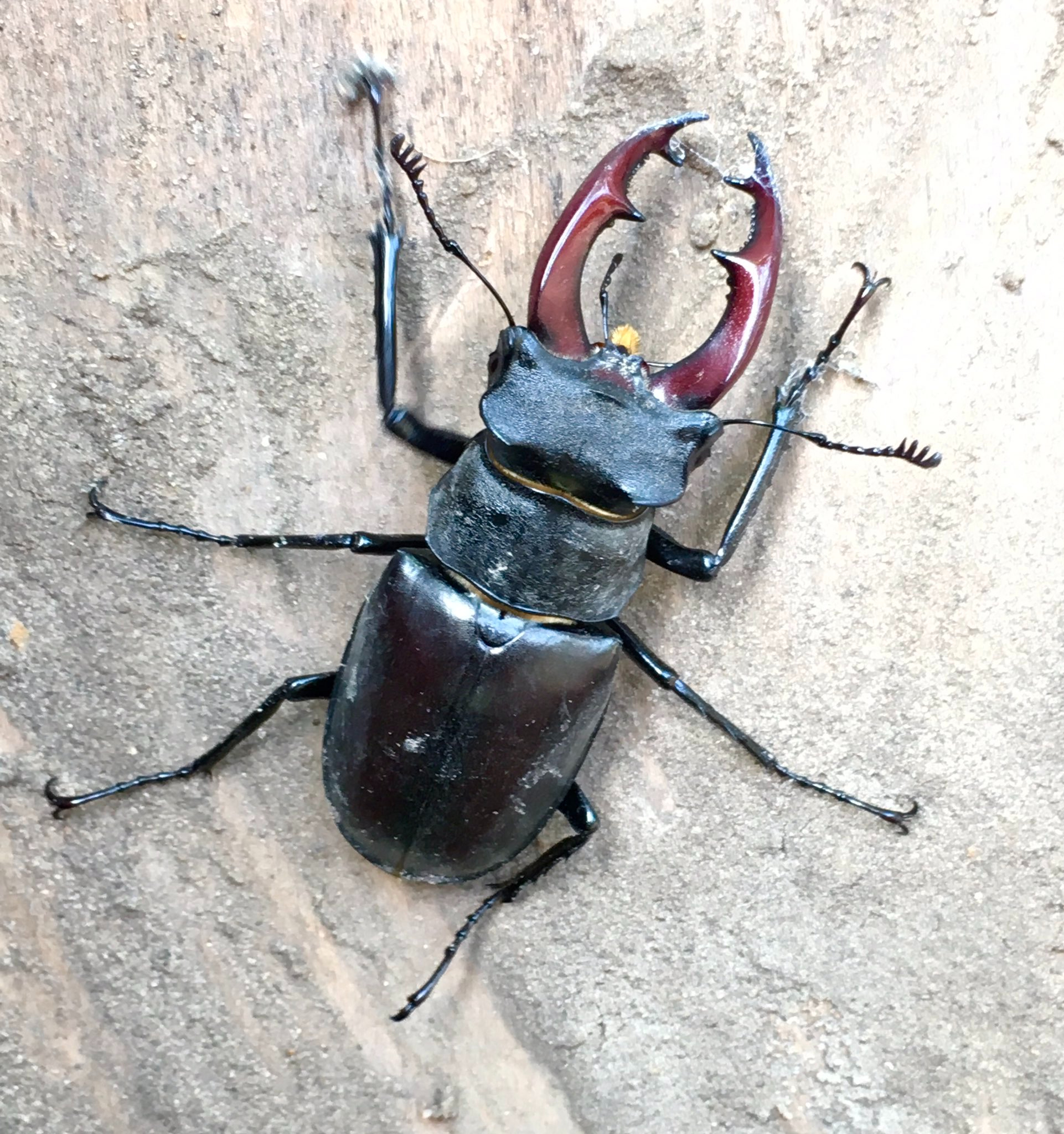I'm not birding. I'm not even looking at the sky. The audacity – writing for a birding magazine and not talking about birding. This isn't a feathered tale or one with the colours of this season's plumage blurring up long-range lenses or carefully curated galleries of corvids.
No, this is a column that stares at the floor. A piece that tears chunks from dead and spongified logs, tip-taps over your boots when you're trudging through the muddy grass, or unhooks its armoured carapace, to unfurl gossamer wings as it takes to the air from the highest point on your hand. It was my love of bugs that led me into the more famed art of ornithology, so that’s why we're going to pay homage to beetles.
Beetles are fascinating and quite unglorified creatures. They are the largest order of living organisms on the planet (except perhaps parasitic wasps, which it seems are such a vast group but so small that most are a struggle to differentiate between). This means, extraordinarily, every one in five organisms is technically a beetle – even counting plants!
They belong to the order Coleoptera, a group comprising of about 400,000 species. That's almost 40% of all known insects and 25% of all known animal life-forms. This is a crazy set of figures showing how much we can overlook: it's kind of astonishing how we don't end up talking about them all the time, not even because they're incredible and varied, but just because there's so damn many!

As a birder, how often do you stop to admire beetles when you come across them? This is the large and impressive Stag Beetle (Matt Phelps).
Walking through the wooded area of Castle Park, Bristol, paying no heed to a rustling Woodpigeon above me or a fresh-faced European Robin, I follow the trail of a tiny lightning bolt: a 22-spot Ladybird. This is the poster child of beetle love and much-admired among British insects; even with their murderous attitude towards aphids and each other, they have garnered a fan club among gardeners, farmers and the public. I love this beetle because of its audacity and simplicity at the same time; a glory to see close-up and once found, fantastic to photograph and watch for hours.
From shiny to mighty, Britain's largest and another popular beetle is Stag Beetle. More a lover than a fighter, it uses its fearsome horns to 'throw' opponents in a wrestling match of zeal and pluck to impress a potential mate. An incredibly regal-looking specimen, it can grow up to 7 cm long as an adult. I remember young me being astounded as this dinosaur arrived over the top of an ant hill I'd been observing, strode over my notebook and disappeared into the distance, lazily pushing dead leaves out of the way.
I'm going to include bees in this final push for entomological rule. Have you ever heard of Black Oil Beetle? One of our stranger species, this beetle outwardly projects normality with its black oil-slick exterior and chunky three-piece body, but it is the behaviour that's really mind-bending. The larvae will use their hooked feet to hitch a ride on the bodies of bees. They dismount in the bee’s nest, where they devour its eggs before pupating and emerging as adults the following spring. Lovely.
Beetles draw me in again and again, their variety and incredible behaviour making it almost ridiculous for them to even be in the same group. Their global spread unifies biologists around the world through our love of them. So thank you for allowing this humble entomologist to pontificate about the glinting veneer of beetles in between the pages of a birding magazine, and remember to look down as well as up.
- This column was published in the January 2023 edition of Birdwatch magazine.

